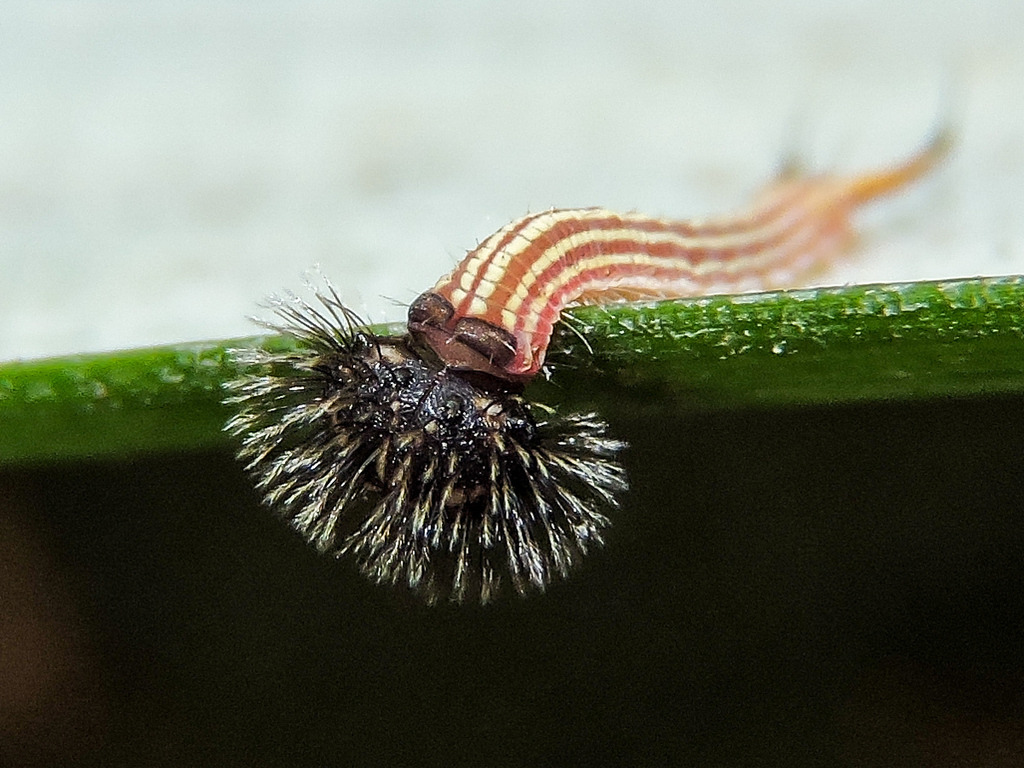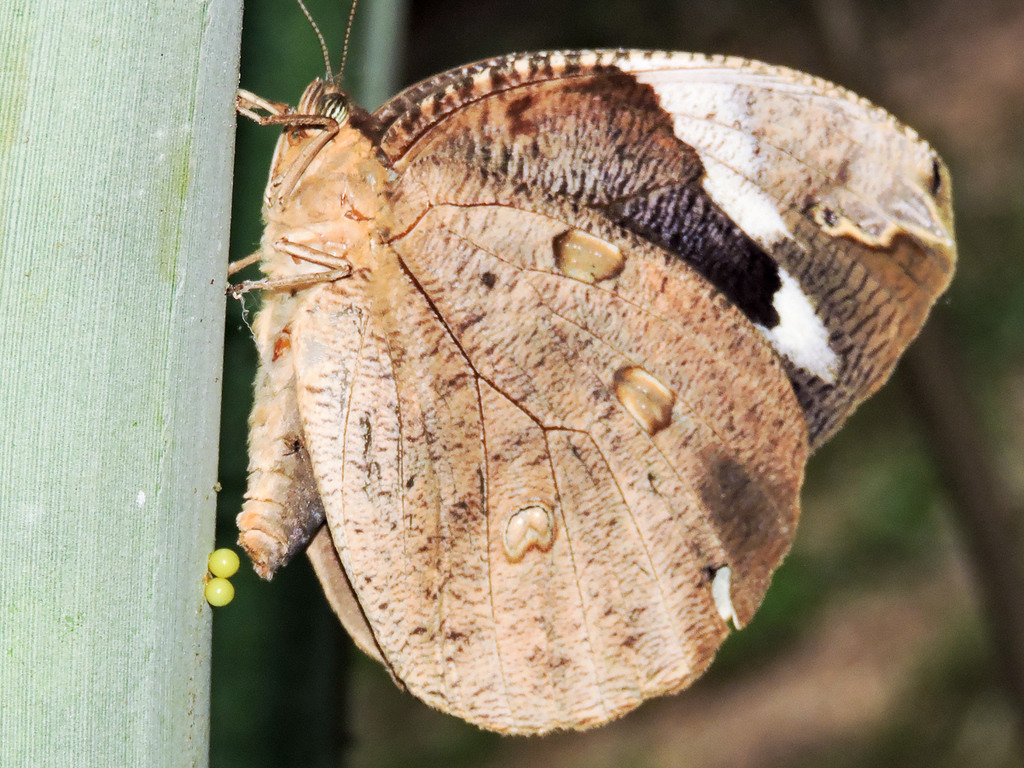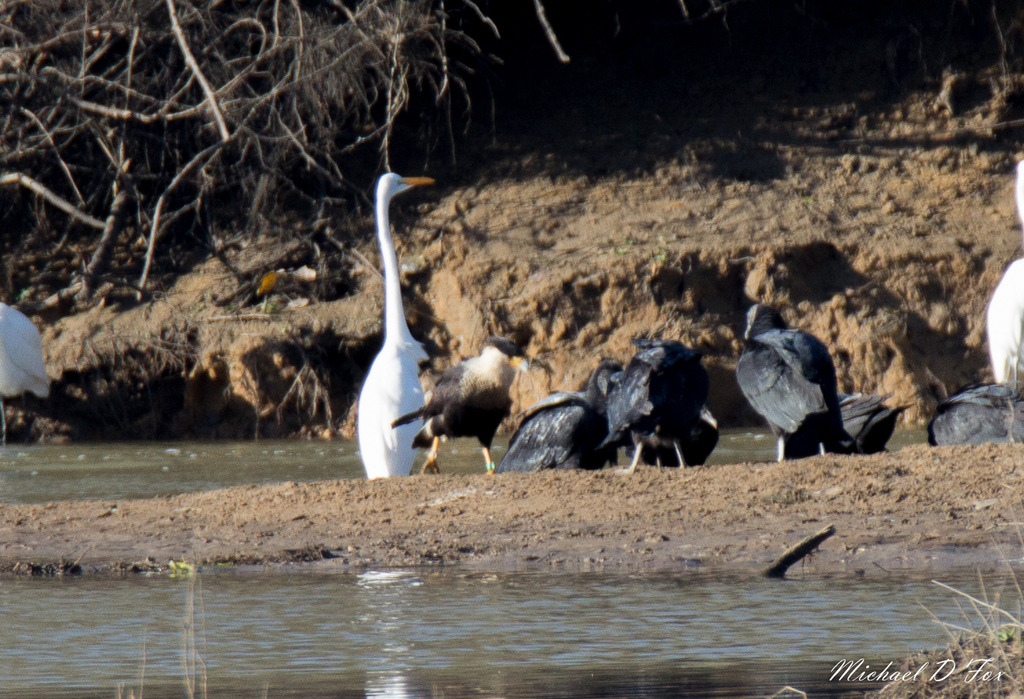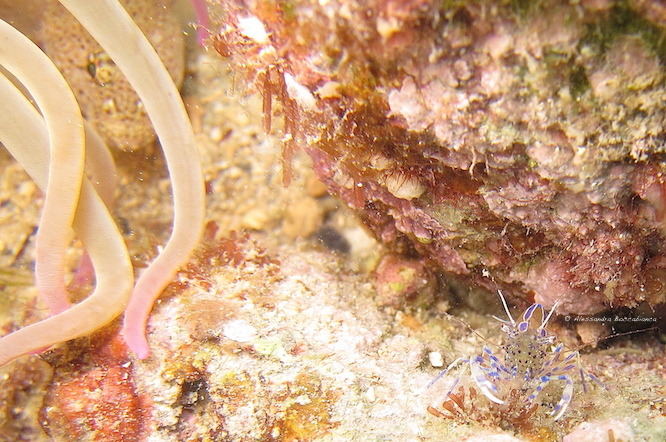Observation of the Week, 12/1/15

This Dynastor darius ssp. stygianus butterfly seen by magazhu in Yelapa, Mexico is our Observation of the Week!
Raised in a bilingual household in Mexico City by an American “chemical engineer/researcher/pianist father and a Mexican translator interpreter/Flamenco dancer mother,” Cheryl Harleston (@magazhu) has always had an interest in animals, and worked with Bengal tigers and as a large species veterinary assistant. However it’s her sighting of a butterfly, Dynastor darius ssp. stygianus, and its tiny eggs and larvae, that is our Observation of the Week.
Since 2003 Cheryl has been living in the remote town of Yelapa, in Mexico’s Jalisco state. After falling ill last year she forced herself to take walks around the untouched jungle of her backyard. “Thanks to the very slow steps I had to take I could notice many more things than usual, so to make it more interesting I started shooting anything I encountered with a cheap little camera I had,” she says. Her natural curiosity about the animals she encountered led her to iNaturalist, where she has uploaded over 2,800 observations in just over a year!

On November 12th she noticed a large butterfly laying eggs on some pineapple plants, so she posted photos of it to iNaturalist. NaturaLista lepidoptera curator Hugo Alvarez (@hugoalvarezg) identified it as Dynastor darius ssp. stygianus and, according the records he’s been able to find, this is the first record of it in Jalisco. He asked Cheryl to photograph the eggs and larvae so there would be documentation of this butterfly’s lifecycle - you can follow all of her photos and observations of it here. A very cool example of iNaturalist’s abilities to link naturalists of all interests and experience levels.
(Oh, and check out the awesome snake mimicry of Darius dynastor ssp. dynastor, another subspecies of this butterfly, in its pupal phase. Whoa!)

“Thanks to iNaturalist I've also discovered that we have many protected species in this area, and even some rare ones...This has led me to work on some projects to educate the people here about our fauna,” says Cheryl, and she has begun to make informational posters to put up in her area, like the one above. “I find it very rewarding to be able to learn so much about all my animal ‘neighbors,’ and at the same time to be contributing my ‘grain of sand’ to science...it has been very exciting to follow up on [this butterfly], and I hope I'm able witness and register the complete cycle!”
- by Tony Iwane
Hey, iNaturalists! See something that blows your mind? Click ‘Add to favorites’ so it can be considered for the Observation of the Week!











